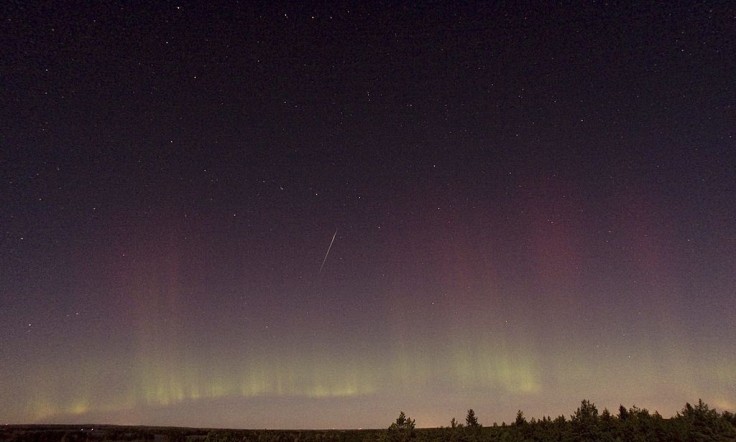
This year's Draconid meteor shower is expected to light up the night sky on Friday.
The said meteor shower occurs every October 6, but October 8 is said to be Draconid's peak this year, per Earthsky. The said peak will be observed during evening and nightfall from October 6 to October 10.
Luckily, the waxing crescent moon is expected to set before nightfall. This only means that Draconid will have the best-viewing display, according to People.
NASA and Draconid Metor Shower 2021
According to NASA, Draconids are known for its occasional outburst, wherein viewers can see 100 meteors for an hour, per ABC. Unfortunately, this year's Draconid will only have aboutfive to 10 shooting stars per hour, far from what it's known for. The said number of shooting stars will probably last until 2025.
NASA clarified that Draconid meteors occur when Earth has a collision with bits of debris shed by periodic comet Giacobinids, which contains an approximately 6.6 years orbital period.
For its name, Draconid originated from a constellation named Draco the dragon, according to ABC. The said constellation can be observed in the northwestern sky above the Big Dipper after nightfall. In line with this, Draconid is best viewed on the North Hemisphere. However, stargazers don't have to look at the North Hemisphere since Draconid can be seen in various areas.
Earthsky shared a much-detailed facts about the Draconid meteor shower:
- Draconid meteor shower produced thousand of meteor displays in 1933 and 1946.
- Europeans observed over 600 meteors per hour in 2011.
- Draconids are most observed during evening hours after midnight unlike other meteor showers.
- As mentioned, Draconid is mostly called Giacobinids.
- When traced backward, Draconid meteors start to radiate from Draco constellation near Eltanin and Rastaban.
Moreover, the Draconid meteor shower is said to be an ideal event for young stargazers as well as those who can stay up until late Friday night.
How to Watch the Draconid Meteor Shower Online
If you do not have any access for a panoramic view of the sky and you live within the city, then don't worry. There are still ways to witness the Draconid meteor shower. Among the said choices are through NASA Meteor Watch live stream as well as through the Virtual Telescope Project.
By signing up on the Virtual Telescope Project, you will get access a great set of robotic telescopes to watch meteor showers. The Virtual Telescope Project has two options to choose from: Planewave and Celestron.
To know the difference of the two, Virtual Telescope Project stated these facts on their website:
- Planewave: This captures large and wide field of view. Aside from this, it also captures large objects imaging such as bright comets, nebulae, and galaxies.
- Celestron: It captures moderately large objects.
If you wish to book these telescopes, visit their website. Keep in mind that requests to book the said telescopes must be at least 24 hours in advance.









